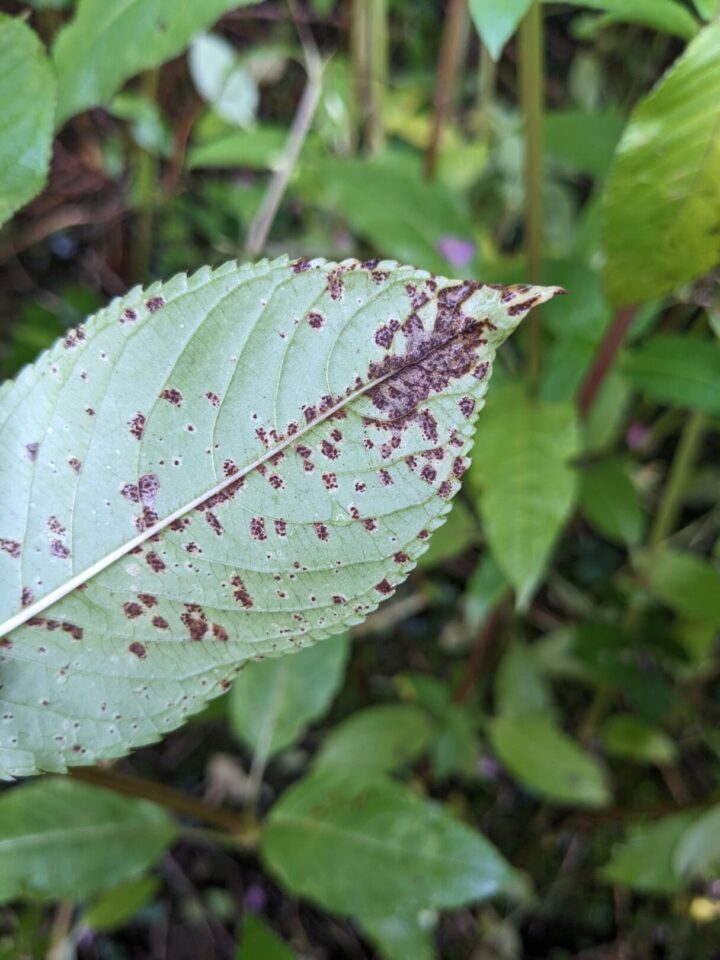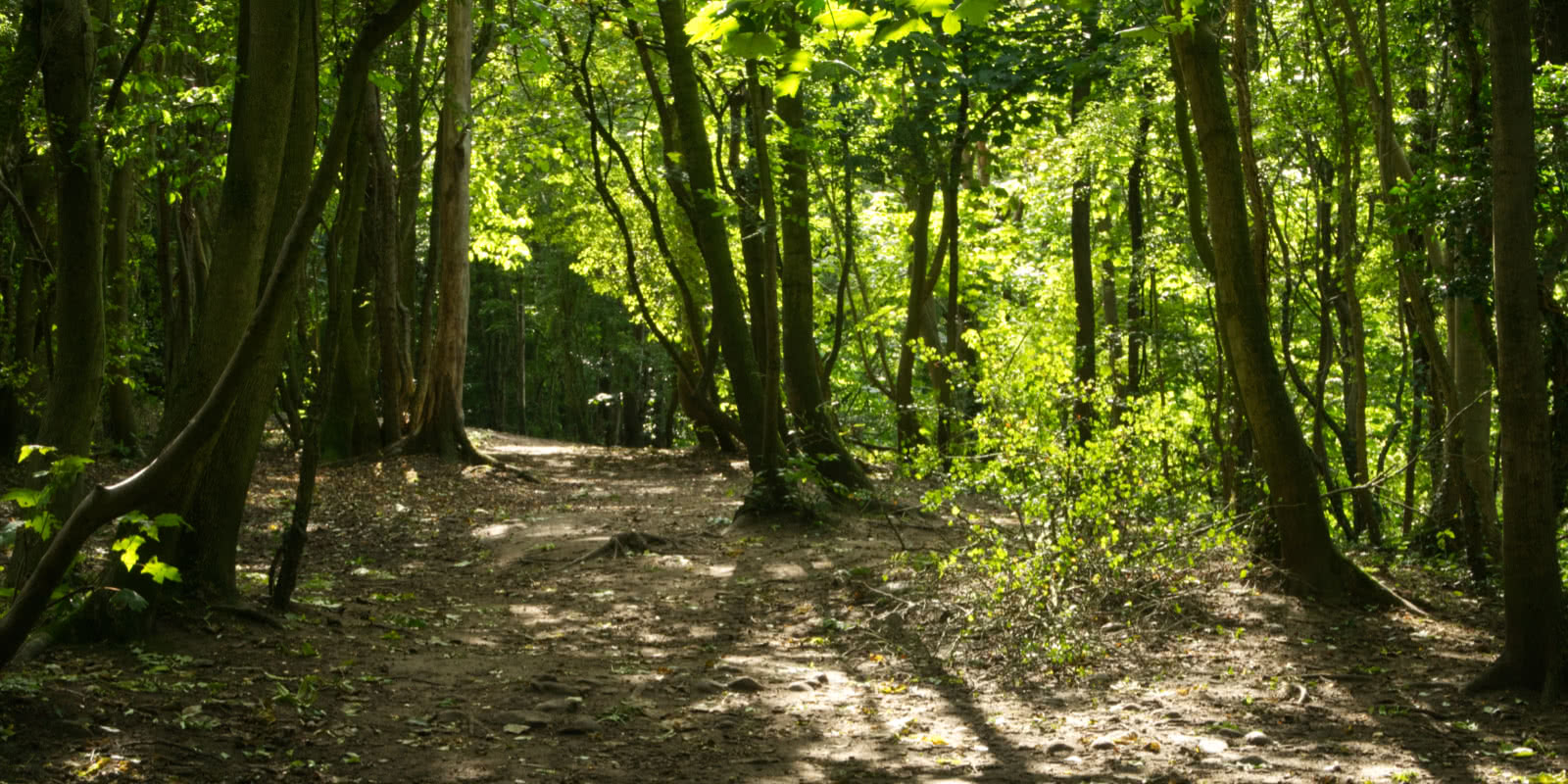Himalayan Balsam Update
29.09.2023 | Latest News

Himalayan Balsam is an invasive plant species and a nuisance as it colonises river banks, damp woodlands and increasingly meadows. It successfully competes with native plant species for space, light, nutrients and pollinators, and excludes other plant growth, thereby reducing native biodiversity.
Until recently, the main way to tackle the spread of Himalayan Balsam has been ‘Balsam Bashing’ which involves pulling it up by hand or cutting it down with strimmers and scythes. Thanks to everyone who has taken the time to ‘Bash the Balsam’ this year. A lot has been cleared, but while this can be successful in small areas, it doesn’t necessarily leave a lasting impact as the plant seeds so readily. Himalayan Balsam has spread rapidly across Hell Wath in the last few years and FOHW recognised that another long term solution is needed if Himalayan Balsam is to be controlled.
Collaborating with the Centre for Agriculture and Bioscience International (CABI), who are experts in the field of classical biological control and fighting Himalayan balsam, North Yorkshire Council and FOHW have turned to a more sustainable solution. Following years of research by CABI scientists, a rust fungus called Puccinia komarovii var. glanduliferae, was released on Hell Wath and a number of other sites within the Nidderdale Area of Outstanding Natural Beauty during 2022 and 2023.
This fungus will not pose a risk to other native species, nor will it completely eradicate Himalayan Balsam at Hell Wath. However, it should make the plant less competitive, enabling native wildflowers to re-establish themselves where the Himalayan Balsam once dominated.
We are pleased to report that the rust released on Hell Wath has taken and is evident in areas that it was applied. In time it should spread and affect more plants and reduce the impact of Himalayan Balsam across Hell Wath. It shows as brown spots on the leaves and produces a brown dust on your fingers if you touch it.
This is a potential long term solution to the problem of Himalayan Balsam. A lot of bashing will still need to be done for the next few years though !!!
